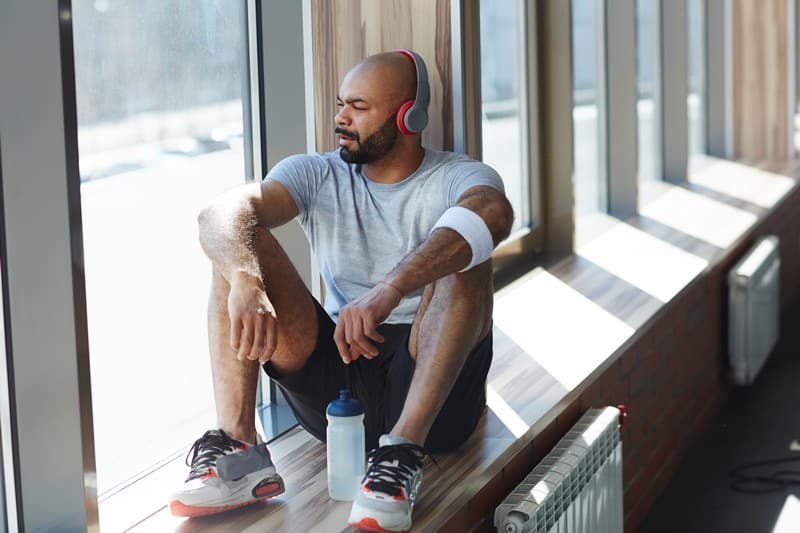Leg cramps are painful occurrences of involuntary muscle contractions that occur for short periods. It is usually felt in the calf muscle, hamstrings, quadriceps, or feet. Though it is most often harmless, leg cramps are painful and affect a large percentage of the population. This includes more than half of all adults, most pregnant women, and most athletes.
It is also worth noting that leg cramps may also be warning signs for more serious conditions such as diabetes, peripheral artery disease, and chronic kidney disease.
There are no identifiable medications to prevent muscle cramping. It can last a few seconds but most often subside within 10 minutes. Tenderness and soreness in the affected area may last up to 24 hours. The area affected and intensity of muscle contractions varies for different people. Given that there are no practical ways to prevent most cases of leg cramps, it is best to know the different ways to manage the pain, relieve the tense leg muscles, and get anyone back on their feet. Here is a list of home remedies to help with leg cramps.
Stop the Activity that Caused the Cramp

The area affected by the leg cramp and its intensity usually vary for different people. But an episode of low-intensity cramps can quickly escalate to a more painful leg cramp if the activity that caused the cramps is not stopped immediately. Stopping this activity is the first line of defense to remedy leg cramps.
Though it does affect everybody, this is a sensation that most athletes feel. What initially feels like a sore muscle is a mild involuntary muscle contraction that can lead to a more painful and intense cramp if the activity is continued.
As soon as any involuntary muscle contraction is felt, it would be best to stop and take a quick break. Doing unnecessary and sudden movements may increase the intensity of the muscle contraction and cause more pain. It is also important to assess if the pain experienced is only from leg cramps and rule out any serious diagnosis, such as torn ligaments or pulled muscles.
It is important to be familiar with one’s limitations regarding physical exertion. Though most want to test their bodies, listening to what it needs can go a long way to help manage leg cramps.










